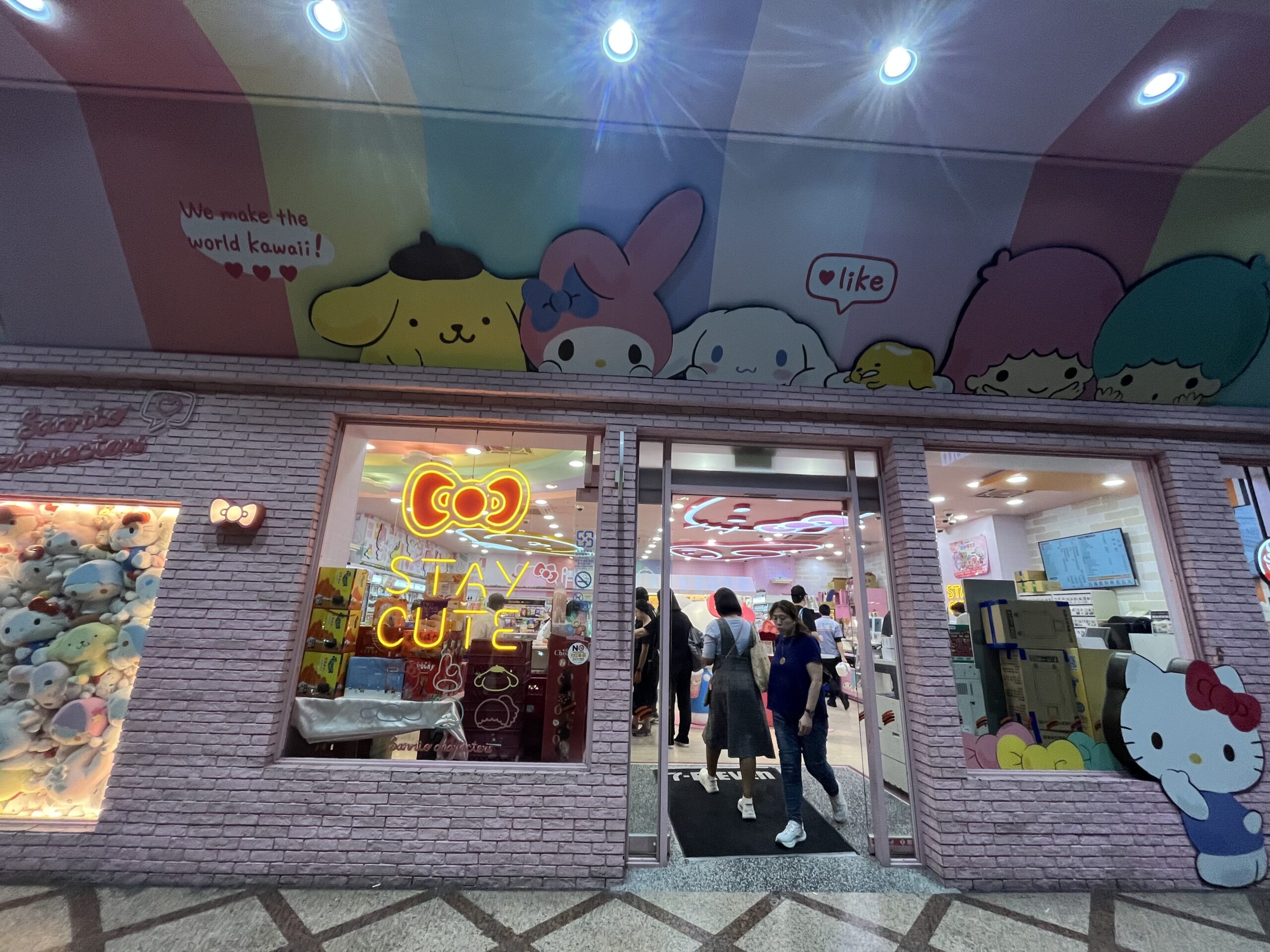
Explore Unique Lunar New Year Traditions that Bring Joy, Luck, and Prosperity
Written by Kaelie Piscitello
New Year celebrations hold deep cultural and historical significance worldwide, with each country bringing its unique traditions and practices to mark the arrival of a fresh year. Lunar New Year is approaching, and people across the world are preparing for the year of the snake. Though many people in the west know this holiday as “Chinese New Year,” Lunar New Year is celebrated by many Asian cultures, not just people living in China. Lunar New Year has roots in ancient lunar calendars, which fall between late January and mid-February.

This festive season symbolizes renewal, prosperity, and togetherness, with customs passed down through generations to ensure a lucky start to the year ahead. Let’s explore some of the fascinating Lunar New Year traditions from around the world, highlighting how different countries welcome this joyous occasion with their cultural flair.
China
In China, the Spring Festival or 春节 lasts fifteen days, and many Americans associate their traditions with the lunar new year. Chinese people wear new red clothing and decorate red to bring luck in the new year. People also hold many large family reunions and feasts filled with dumplings, fish, and rice balls.
Elders pass out red envelopes filled with money to children to promote prosperity. Lunar New Year has many superstitions, and people participate in lion and dragon dances to ward off evil spirits in the coming year. They also set off fireworks to scare away the mythical beast Nian.

Taiwan
Much of Taiwan’s population has a Han lineage, so many of its traditions resemble those in China, but it has more religious celebrations. For example, it includes a tomb-sweeping ceremony to honor ancestors, and many people participate in temple visits for blessings. Popular temples like Longshan Temple in Taipei attract thousands of people this time of year.
Taiwanese people also incorporate traditional foods, such as pineapple cakes and sticky rice cakes, into the celebrations. People also try to avoid bad omens. For example, they will not use sharp objects like scissors during the first few days of the new year.
South Korea
South Koreans celebrate Lunar New Year 설날 (Seollal) for three days wearing hanboks, their traditional clothing. On New Year’s Day, Koreans bow to their elders to show respect and older family members give sebae money (cash) to children in small pouches.
They eat rice balls and tteokguk for prosperity in the coming year. Tteok has rice cakes in a clear broth with beef or anchovy-based soup. Koreans eat it in a bowl to symbolize growing a year older. During the holiday, they play traditional games, including Yut Nori, and they also have ancestor rituals and pay respects to deceased ancestors. They set out a table of food offerings, including rice cakes, fruits, and traditional dishes.
Vietnam

Vietnamese people celebrate Tết Nguyên Đán (Tết), a seven-day-long version of the Lunar New Year. In preparation for the holiday, people clean their homes and pay off all debts to make space for new blessings and avoid carrying negativity into the new year. They serve their own rice dish: bánh chưng, a square sticky rice cake.
Similarly to China and Taiwan, in Vietnam, people celebrate with lion dances to ward off evil spirits and give red envelopes. They accompany the lion dances with drums, cymbals, and gongs to create an energetic and festive atmosphere.
Vietnamese people also have a famous Tết superstition. The first visitor to a household on tet determines the family’s fortune for the year, so families often invite someone with good luck and success as the first guest.
Malaysia and Singapore

Malaysians and Singaporeans celebrate Lunar New Year in similar ways to China and Taiwan. However, they have different dishes, such as tossing yu sheng, a raw fish salad, to their palate for prosperity. Yusheng has raw fish (usually salmon), shredded veggies, peanuts, and crackers. Each ingredient represents different blessings: wealth, health, and happiness. Everyone tosses together and shouts auspicious phrases like lo hei! (tossing up good fortune). People also eat dumplings resembling gold ingots to signify wealth.
Malaysia and Singapore also host dragon and lion dances. One dancer carries the puppet in the lion dance while drums and symbols play. In the dragon dance, a team of dancers holds the long dragon on poles, symbolizing power, strength, and luck.
Finally, Singapore also hosts a unique Chingay parade with floats and performances. In 1973, Singapore banned firecrackers for safety reasons, so this parade emerged instead. It includes elaborate costumes, dragon dances, and stilt walkers. The display also has performances from Chinese, Malay, Indian, and Eurasian communities to signify Singapore’s diversity.
India
India celebrates Diwali, the festival of lights when people light lamps (diyas) to welcome the new year. Diwali is based on Hindu lunar calendars, including the Vikram Samvat and Shalivahana Shaka. It falls in October or November, based on the new moon of the month of Kartika.
During Diwali, people visit temples, pray to the goddess of wealth, Lakshmi, and conduct Chopda Pujan (bookkeeping) to seek blessings for a prosperous year. India has many ethnic groups, so different cultures celebrate the new year on different days. For example, the Maharashtra people celebrate it on the third day of the holiday, while the Rajasthan people celebrate Diwali on the last day of the year.

During Diwali, Indian people also set off fireworks to ward away evil spirits and gift sweets to their family and friends.
Sri Lanka
Sri Lankans celebrate their New Year, Aluth Avurudda, in April, the end of their harvest season. Aluth Avurudda is a solar festival but incorporates lunar calendar elements, such as auspicious timings and rituals. Sri Lankan people follow nekath to conduct rituals like lighting the hearth, boiling milk, and restarting work in the new year.
For traditional food, Sri Lankan people make Kiribati, a symbolic dish made by boiling rice with coconut milk until it solidifies, for prosperity. They also play traditional games, such as kotta pora (pillow fights) and Olinda keliya (a board game with seeds). Another Indian tradition is oil anointing ceremonies, where family members anoint oil on each other’s heads to bring good health and blessings in the coming year.




